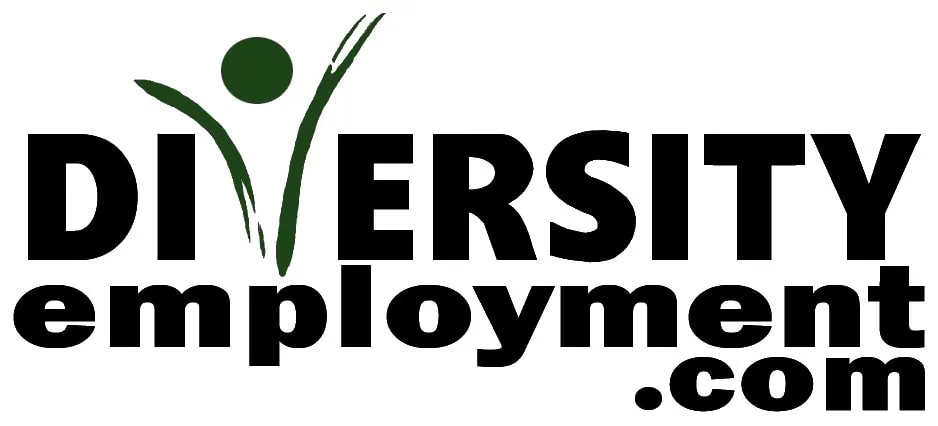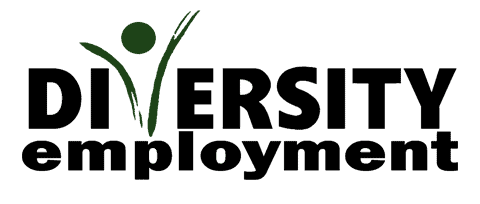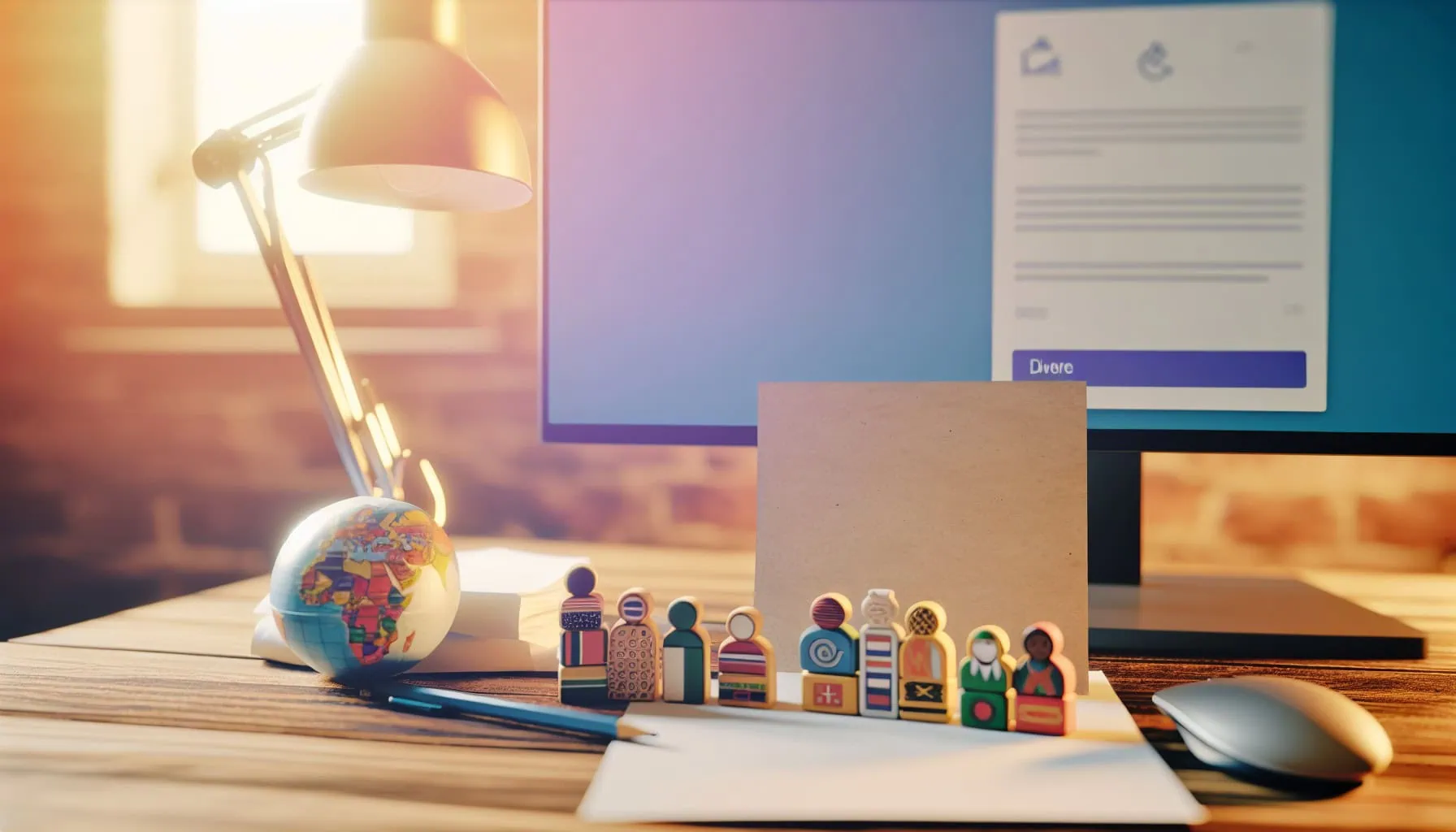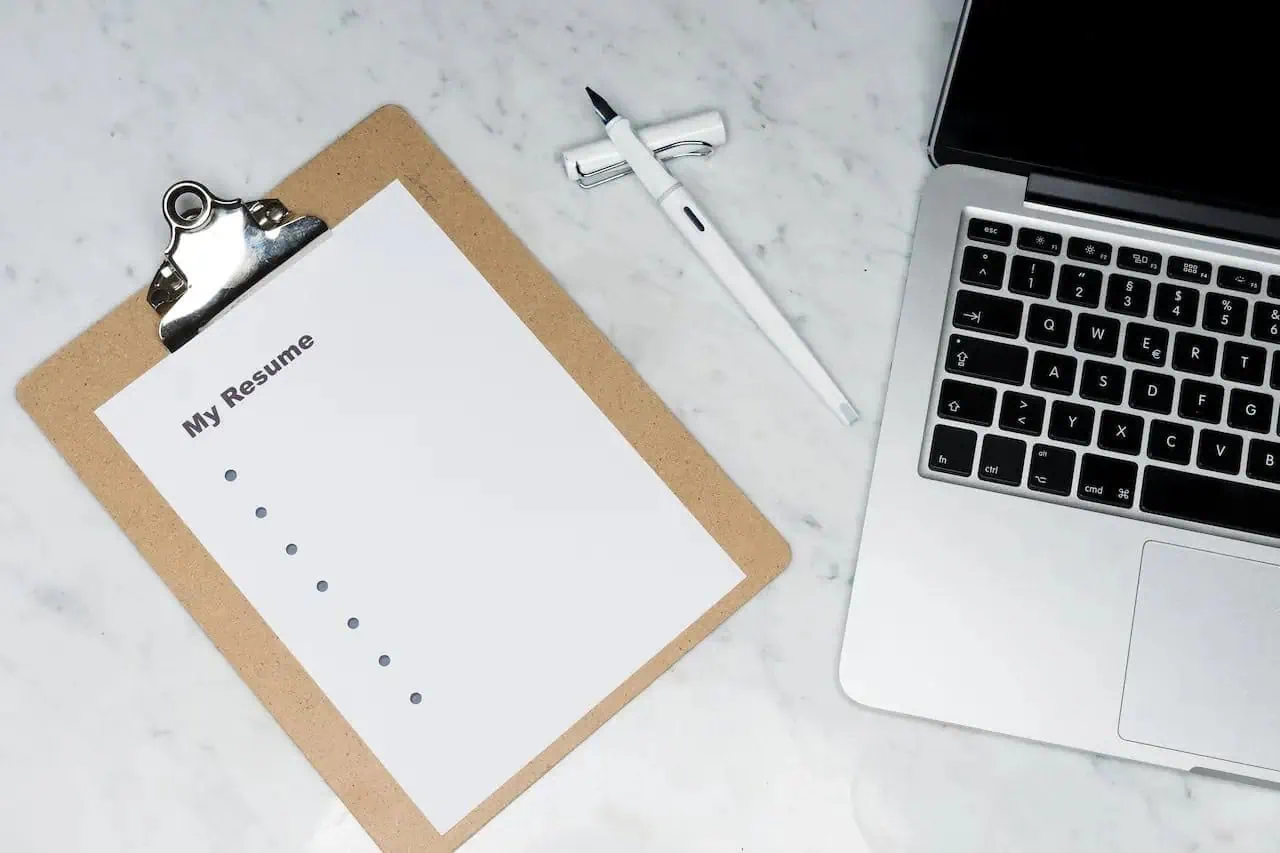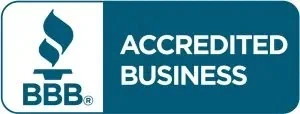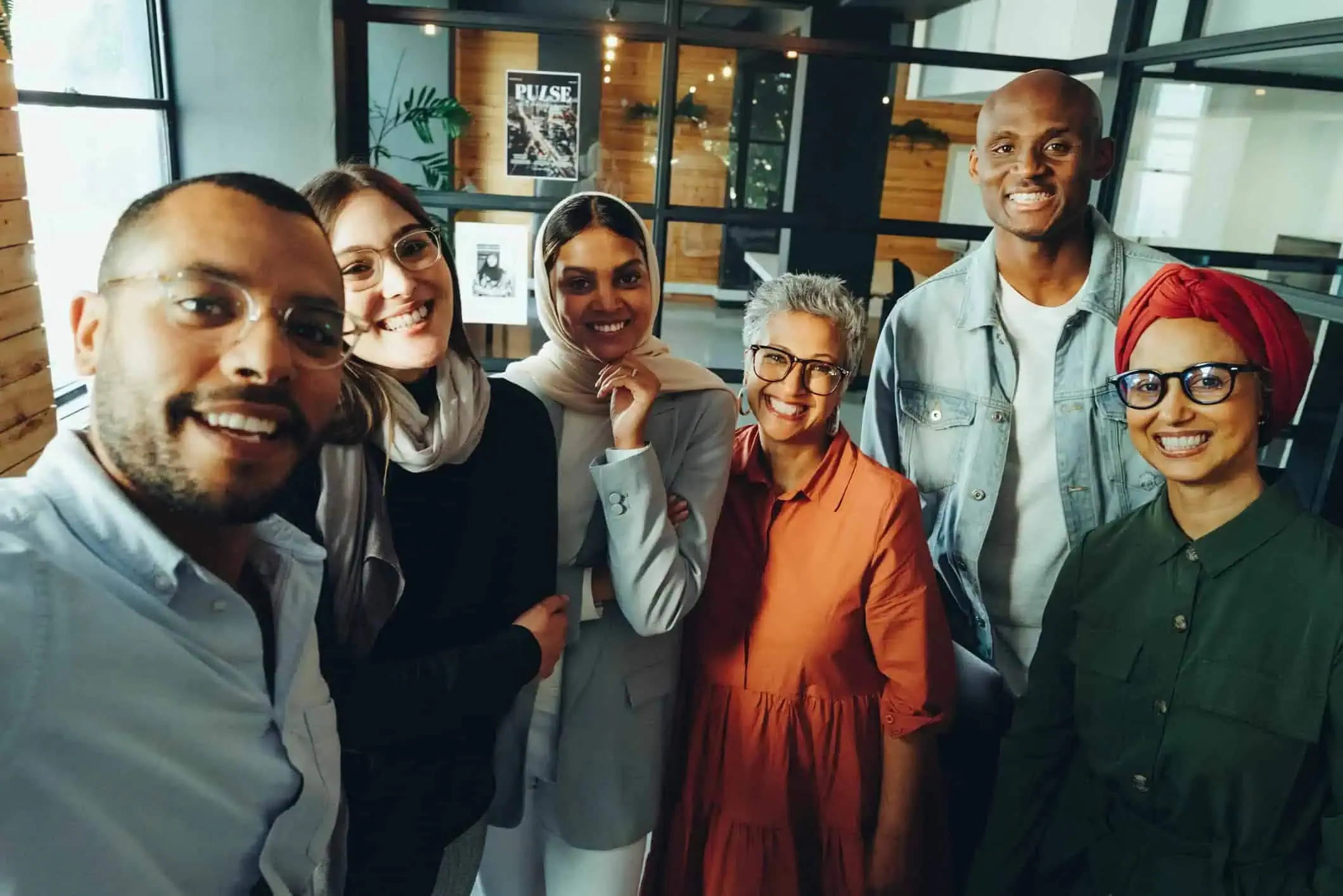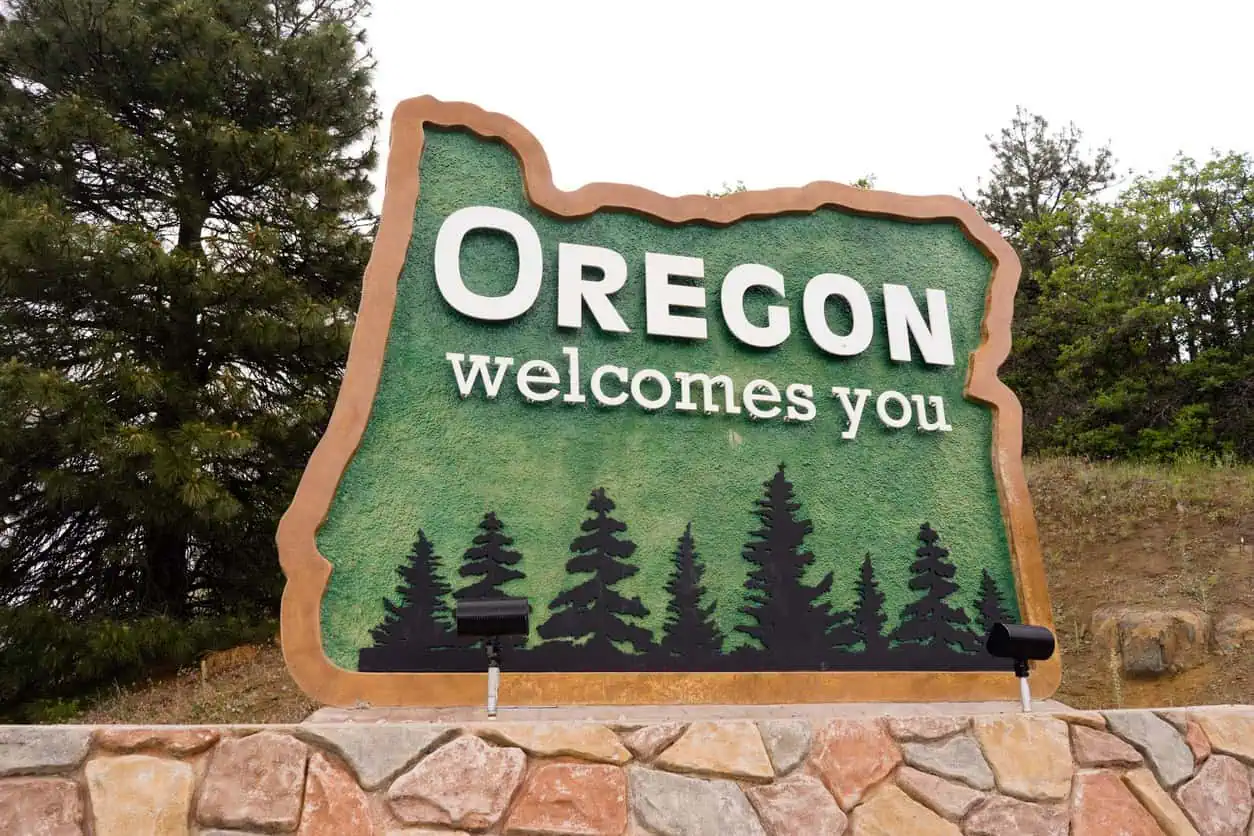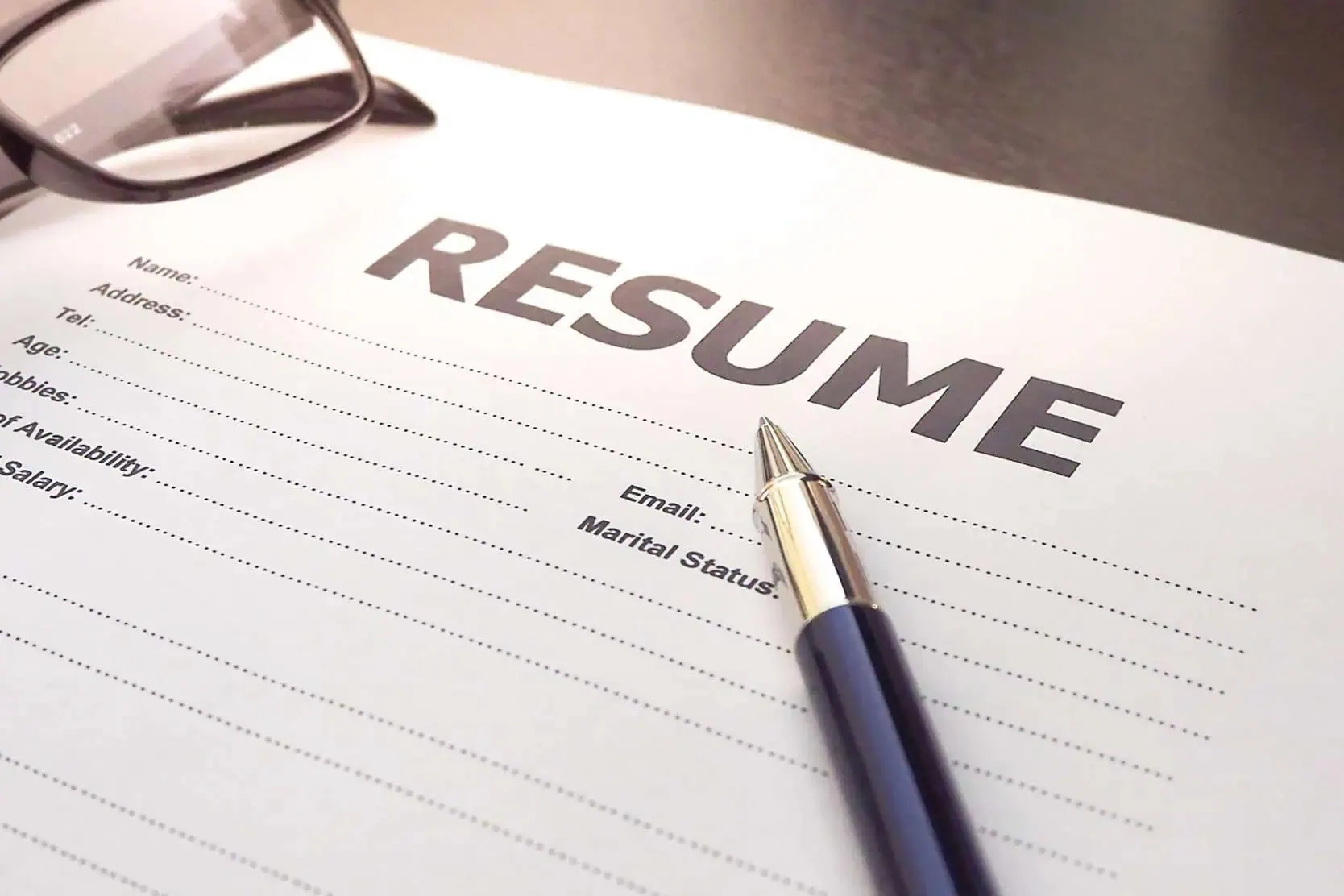
Creating an Inclusive Resume and Cover Letter
Introduction
Welcome to the guide that can transform your job application process. Whether you’re stepping into the job market for the first time or aiming to make a significant career shift, understanding the art of crafting an inclusive resume and cover letter is vital. In today’s diverse work culture, employers are looking for candidates who not only have the skills and experience but also share their commitment to diversity and inclusion.
This guide will equip you with the knowledge and tools to create job application documents highlighting your dedication to creating inclusive environments. From avoiding biased language to showcasing your experiences with diversity, we’ll delve into the nitty-gritty of what it means to present yourself as a well-rounded, open-minded, and versatile candidate.
So, let’s get started on this journey together. By the end of this guide, you’ll feel more confident in your ability to create an inclusive resume and cover letter and your potential to contribute meaningfully to a diverse and welcoming workplace.
The Importance of Inclusive Resume and Cover Letter Crafting
When you apply for a job, your resume and cover letter create your first impression. So, they must speak well of your qualifications. Yet, presenting your commitment to inclusion can make or break your chances. Inclusive resume and cover letter crafting isn’t just about avoiding mistakes. It’s about showing your dedication to creating a workplace that values everyone.
Why focus on inclusivity? Employers are keener than ever on building diverse teams. They know diverse teams bring unique perspectives and drive innovation. This means they look at your skills and ability to thrive in diverse environments. Here’s why crafting an inclusive resume and cover letter is a must:
- Reflects Modern Workplace Values: Demonstrates your awareness of and commitment to today’s workplace diversity values.
- Improves Your Marketability: Sets you apart as a forward-thinking candidate who can add value to any team.
- Shows Your Communication Skills: Signals that you can communicate respectfully and effectively with a diverse range of people.
Considering that entry-level jobs may often require you to work in diverse teams, displaying your commitment to inclusivity early can jumpstart your career in the right direction. Transitioning this awareness into your job application documents necessitates careful attention.
Resources on leading educational websites like the U.S. Department of Education can provide invaluable tips on crafting effective resumes and cover letters that resonate with today’s diversity-conscious employers.
Avoiding Biased Language Resumes
Language shapes perception. An essential step in crafting an inclusive resume and cover letter is avoiding biased language. Words carry weight. Specific terms might seem benign but could unconsciously suggest bias. Here’s how to refine your language:
Shift to Gender-Neutral Job Titles
- Instead of “salesman,” use “sales associate.”
- Swap “chairman” for “chairperson” or simply “chair.”
Use Specific Cultural Identities
- Avoid broad labels like “Oriental.” Opt for “East Asian” or specify the country.
- “Hispanic” is vague. When relevant, use “Mexican American” or another specific identifier.
Adopt People-First Language
- Replace “disabled person” with “person with disabilities.”
- Instead of “the blind,” use “people who are blind or visually impaired.”
Avoid Terms That May Cause Exclusion
- Skip colloquialisms that are not widely understood outside your culture.
- Steer clear of jargon and acronyms that not everyone might know.
This attention to language demonstrates your respect for everyone’s unique identity and experiences. It’s about more than just avoiding offense; it’s about acknowledging and valuing diversity. For further guidance, visiting the U.S. Equal Employment Opportunity Commission can help you grasp the nuances of non-discriminatory language.
Remember, the goal is to avoid adverse reactions and positively affirm your commitment to inclusivity. Avoiding biased language in your resume and cover letter sends a powerful message to potential employers about your values and character.
Showcasing Diversity Experience
In today’s world, companies value diverse experiences. They seek people who not only respect but also actively contribute to diversity. Here’s how to showcase diversity experience on your inclusive resume and cover letter.
List Involvement in Diversity-Focused Groups
- Did you join a culture club or an LGBTQ+ alliance? Mention it.
- Engagement in women’s leadership initiatives counts too.
Highlight Volunteer Work or Projects
- Talk about your contributions to programs supporting underrepresented communities.
- Include any projects that addressed inclusion challenges.
Detail Your Learning
- Have you completed a course on cultural competency? Add it.
- Mention any training on preventing unconscious bias.
Moreover, weaving Culturally Inclusive Language into your descriptions enhances your message. For example, phrases like “Committed to fostering an inclusive environment” embody your active role in diversity efforts. Detailing roles in diversity programs underscores your hands-on experience. Hence, your resume speaks to your readiness to contribute to an inclusive workplace culture. This boosts your appeal and aligns with many modern employers’ core values.
Showcasing diversity experiences emphasizes your preparedness to collaborate in varied environments. It signals that you’re not just open to diversity but that you embrace and support it actively. Thus enhancing your chances in the job market.
Transferable Skills Emphasis
Focus on your universal skills. Here’s why emphasizing transferable skills is a cornerstone in inclusive resume and cover letter crafting. Such skills are your ticket to showing you’re ready for any challenge.
Communication and Adaptability
- Illustrate how you connect with people from various cultures.
- Show examples of adapting to new ideas or changes in the workplace.
Creativity and Collaboration
- Demonstrate your knack for finding innovative solutions to culture-sensitive issues.
- Highlight your role in team projects involving diverse members.
Leadership and Coordination
- Describe your experience leading groups focused on diversity.
- Point to successful projects you’ve coordinated with multicultural teams.
These skills, crucial for today’s jobs, showcase your capability to work effectively in diverse settings. Also, they highlight your potential to contribute to an inclusive workplace culture.
For instance, mentioning your ability to build rapport with diverse clients can make your resume stand out, showing you’re not just a team member but a bridge-builder. This signals employers that you’re equipped to navigate and enrich their increasingly diverse workplaces.
The emphasis on transferable skills isn’t just about listing abilities. It’s about telling stories that prove you can apply these skills in real-world scenarios. These examples make your inclusive resume and cover letter a document and testament to your readiness and enthusiasm for contributing to inclusive workspace environments.
Using Culturally Inclusive Language
Words have power, especially when crafting an inclusive resume and cover letter. Using culturally inclusive language shows you understand and value diversity. It’s about more than avoiding bias. It’s about creating connections.
Be Specific and Respectful
- Choose words that respect all identities.
- Avoid terms that might be seen as outdated or insensitive.
Include Languages and International Experiences
- If you speak multiple languages, list them. It’s a valuable asset.
- Include any international work or study, showing your global perspective.
Highlight DEI Initiatives
- Mention involvement in Diversity, Equity, and Inclusion (DEI) programs.
- Use terms that convey your commitment to these values.
Culturally inclusive language in your resume and cover letter doesn’t just tick a box. It opens conversations. It tells employers you’re ready to engage with diverse teams and clients. Plus, it shows you the importance of cultural sensitivity in the workplace. For additional guidance on inclusive language, resources like the American Civil Liberties Union offer insights into respectful communication. Similarly, educational institutions like Harvard University have well-established guidelines for creating inclusive environments.
Integrating culturally inclusive language is vital in demonstrating your awareness and commitment to diversity. It reinforces the message that you’re a qualified candidate and a considerate and inclusive individual. This approach will make your inclusive resume and cover letter stand out in a crowded job market.
Crafting Tips for an Inclusive Resume and Cover Letter
Putting together an inclusive resume and cover letter requires thought and care. Here are some tips that can help ensure your application speaks to everyone.
Be Mindful of Format and Design
- Choose clear, readable fonts and layouts that are accessible to all.
- Remember, simplicity enhances readability. Avoid clutter.
Focus on Inclusivity in Content
- Include a diversity statement in your cover letter if fitting.
- Review your documents for any implicit biases.
Proofread and Ask for Feedback
- Errors can distract from your message. Proofread carefully.
- Seek feedback from diverse perspectives to ensure inclusivity.
Reflect on how each section of your resume supports inclusivity. For instance, under experience, list your roles and explain how they’ve prepared you to work in diverse environments. Understanding the nuances of inclusive resume and cover letter crafting shows potential employers your dedication to creating a welcoming workplace. It’s an investment in your future and the future of the workplace you aspire to join.
Crafting an inclusive resume and cover letter is an ongoing process. Your understanding and approach to inclusivity will evolve, as should your resume and cover letter. Keep learning and adjusting as you gain more experiences and insights into diversity, equity, and inclusion.
Making Your Resume Stand Out with Diversity
Making your resume and cover letter stand out is crucial in a competitive job market. Here, diversity plays a pivotal role. Here’s how to highlight diversity in your job application to grab attention.
Quantify Your Impact on Diversity Initiatives
- When possible, use numbers to show the impact of your DEI-related work.
- For instance, “Led a team of 10 in organizing a cultural diversity workshop attended by 200+ employees.”
Customize Your Application for the Company
- Research the company’s diversity policies and mention how your values align.
- Your cover letter is a great place to do this.
Show Continuous Learning
- Mention any recent courses or certifications related to diversity and inclusion you’ve taken.
- This shows you’re proactive in staying informed and educated.
Inclusivity is more than a buzzword—it’s a commitment to understanding and valuing every individual’s uniqueness. Showcasing this commitment in your inclusive resume and cover letter makes you a more attractive candidate and demonstrates your readiness to contribute positively to any work environment.
The goal is to present yourself as someone who has the required skills and experience and brings a depth of understanding about the importance of diversity in the workplace. This tells employers that you’re ready to be part of and contribute to their inclusive culture.
Crafting an Inclusive Resume and Cover Letter
Many people have questions about making their job applications inclusive. Here are answers to some common queries.
Can I mention my pronouns?
- Yes, adding your pronouns can show support for gender inclusivity.
- Place them near your name on both your resume and cover letter.
How do I address a gap in employment?
- Be honest, but focus on any skills or experiences gained during this time.
- This could include volunteer work or informal learning.
Should I include diversity-related work even if it was unpaid?
- Any role that demonstrates your commitment to diversity is definitely valuable.
- This shows your dedication beyond professional settings.
Is it okay to use templates for my resume and cover letter?
- Templates can be a good start, but customize them to reflect your unique experiences and skills.
- Ensure they allow you to highlight your involvement in diversity and inclusion.
While following inclusive resume and cover letter crafting practices is beneficial, it’s also essential to keep learning. Understanding diversity and how to communicate your experiences effectively shows that you’re not only a skilled candidate but also one who values inclusivity and respect in the workplace.
FAQ’s
Let’s answer some questions you might have about crafting an inclusive resume and cover letter.
How long should my resume be?
Keep it to one page if you’re early in your career. More experienced candidates can use two pages. Just be concise.
What’s the best way to format my resume for inclusivity?
Use a clean layout. Avoid dense blocks of text. Use bullet points to make information easy to find and read.
Can I mention personal experiences related to diversity?
Yes, if they’re relevant and show how you embrace diversity. Personal stories can be powerful in showcasing your values.
Should I include references in my resume?
No, you do not need to include references on your resume. However, have them ready, but wait until they’re requested.
How can I ensure my cover letter complements my resume?
Your cover letter should tell a story your resume doesn’t. Use it to explain why you’re passionate about the role and how your experiences with diversity make you a great fit.
Your resume and cover letter are opportunities to showcase not just your skills but also your commitment to creating an inclusive environment. Take the time to craft them thoughtfully to make a positive impression.
Conclusion
In today’s job market, crafting an inclusive resume and cover letter is more than a strategy; it’s a statement. It tells employers you’re a future-focused professional who values and respects diversity. By avoiding biased language, showcasing your diversity experiences, highlighting transferable skills, and using culturally inclusive language, you position yourself as an ideal candidate for any team. Inclusivity in the workplace starts with the hiring process. Your resume and cover letter are powerful tools to demonstrate your commitment to diversity and inclusion. Use them wisely to reflect your understanding and your dedication to these principles.
Finally, join us at Diversity Employment and upload your resume. We’re dedicated to connecting diverse job seekers with inclusive employers. Together, we can build stronger, more diverse workplaces that celebrate and benefit from all their members’ unique backgrounds and perspectives!
